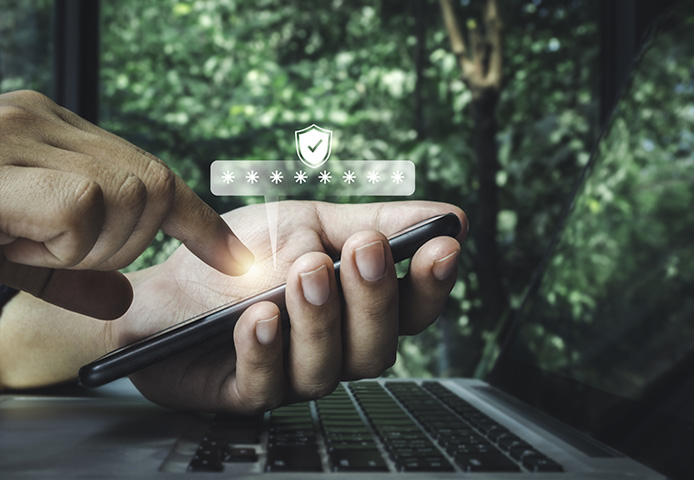
In today’s digital landscape, traditional cybersecurity models are no longer sufficient. Enter Zero Trust, a security concept that operates under the assumption that threats can come from anywhere, both inside and outside the network. Zero Trust flips the old paradigm on its head, promoting a “never trust, always verify” approach. But what does this mean in practice? Let’s dive into the core principles of Zero Trust and understand why they are essential for modern cybersecurity.
1. Verify Explicitly
Zero Trust begins with the principle of explicit verification. No entity is trusted by default, whether it’s inside the network or not. Every access request is subject to thorough verification, including:
- Authentication: Ensuring users are who they claim to be, often through multi-factor authentication (MFA) or biometrics.
- Authorization: Confirming that users have the right permissions to access the requested resources.
- Validation: Continuously checking the security posture of devices requesting access.
2. Use Least Privilege Access
Another key principle of Zero Trust is the concept of least privilege access. This means granting users the minimum level of access necessary to perform their tasks. This approach limits the potential damage from compromised credentials. It involves:
- Role-Based Access Control (RBAC): Assigning permissions based on job roles.
- Just-In-Time (JIT) Access: Providing temporary access when needed and revoking it afterward.
- Micro-Segmentation: Breaking the network into smaller segments to limit access and contain breaches.
3. Assume Breach
Zero Trust operates under the assumption that breaches are inevitable. This proactive stance focuses on minimizing the impact of breaches rather than just preventing them. Key strategies include:
- Continuous Monitoring: Using robust systems to detect suspicious activities in real-time.
- Incident Response Planning: Having an up-to-date plan to respond swiftly and effectively to security incidents.
- Threat Intelligence: Staying informed about emerging threats and vulnerabilities.
4. Inspect and Log All Traffic
In a Zero Trust model, all network traffic is inspected and logged. This ensures malicious activities are detected promptly and that comprehensive logs are available for forensic analysis. Essential practices include:
- Deep Packet Inspection (DPI): Analyzing data packets to identify and block malicious traffic.
- Encrypted Traffic Inspection: Decrypting and inspecting encrypted traffic to prevent hidden threats.
- Log Management: Storing and managing logs for future analysis and compliance.
5. Secure Access Across Devices and Locations
With the rise of remote work and bring-your-own-device (BYOD) policies, securing access across various devices and locations is crucial. Zero Trust principles advocate for:
- Endpoint Security: Ensuring all devices comply with security policies and are monitored for vulnerabilities.
- Zero Trust Network Access (ZTNA): Implementing solutions for secure, context-aware access to applications and data, regardless of location.
- Identity and Access Management (IAM): Managing and securing identities to prevent unauthorized access and reduce credential-based attacks.
Embracing Zero Trust
Adopting a Zero Trust approach requires a cultural shift within an organization. It’s not just about implementing new technologies but also about fostering a security-first mindset across all levels. By embracing the principles of Zero Trust, organizations can significantly enhance their security posture, mitigate risks, and protect valuable assets in an increasingly complex threat landscape.
In conclusion, Zero Trust is more than a security strategy—it’s a comprehensive framework designed to address the challenges of modern cybersecurity. By verifying explicitly, granting least privilege access, assuming breach, inspecting and logging all traffic, and securing access across devices and locations, organizations can build a robust defense against the ever-present threats in today’s digital world.








[…] post What are the Zero Trust Principles? appeared first on ezine […]
Как оказалось, купить диплом кандидата наук не так уж и сложно
Как безопасно купить диплом колледжа или ВУЗа в России, что важно знать
Профессиональный сервисный центр по ремонту бытовой техники с выездом на дом.
Мы предлагаем:сервисные центры в москве
Наши мастера оперативно устранят неисправности вашего устройства в сервисе или с выездом на дом!